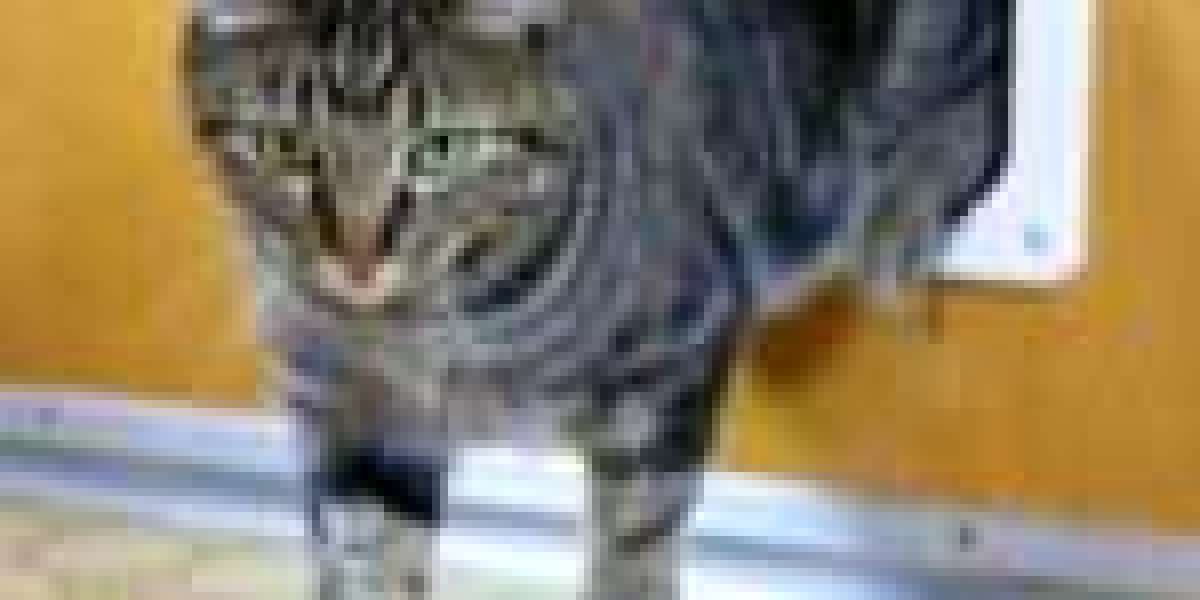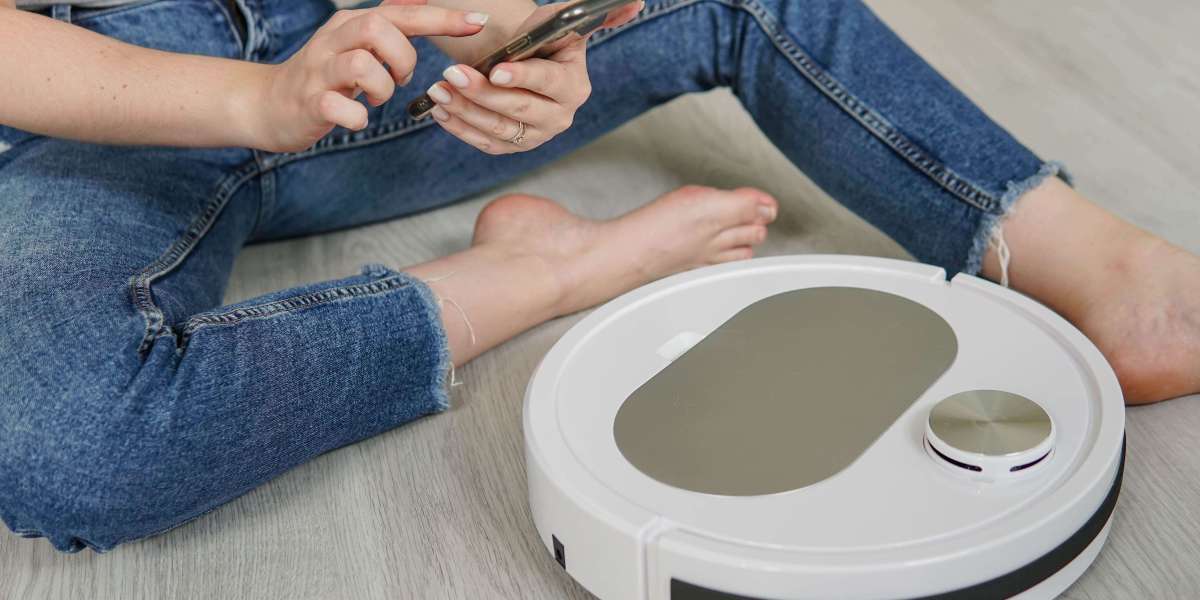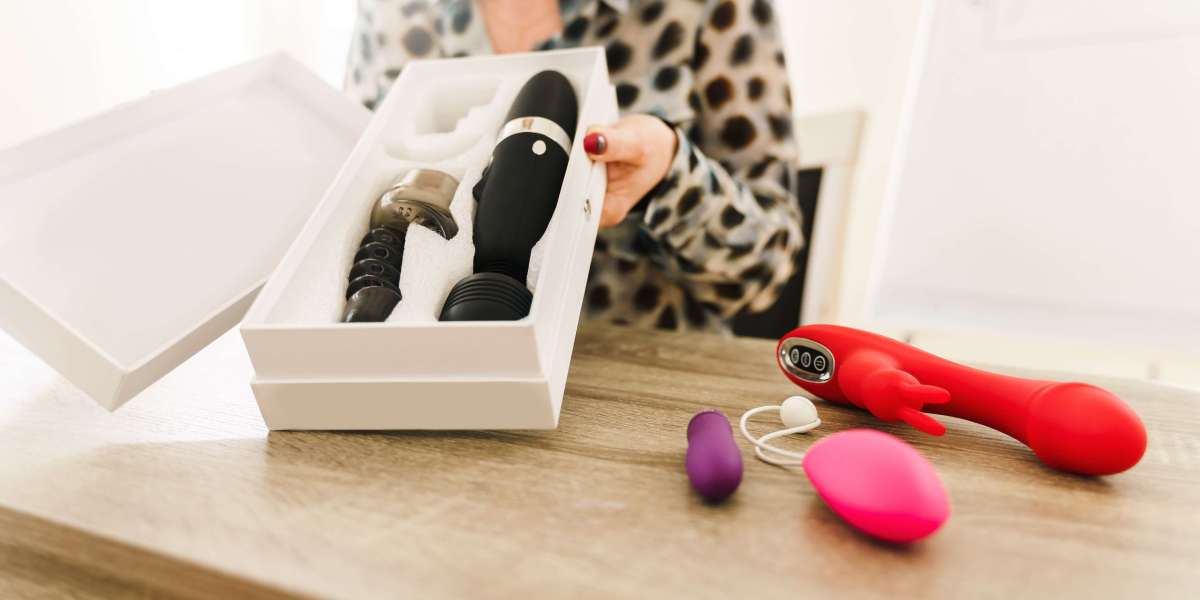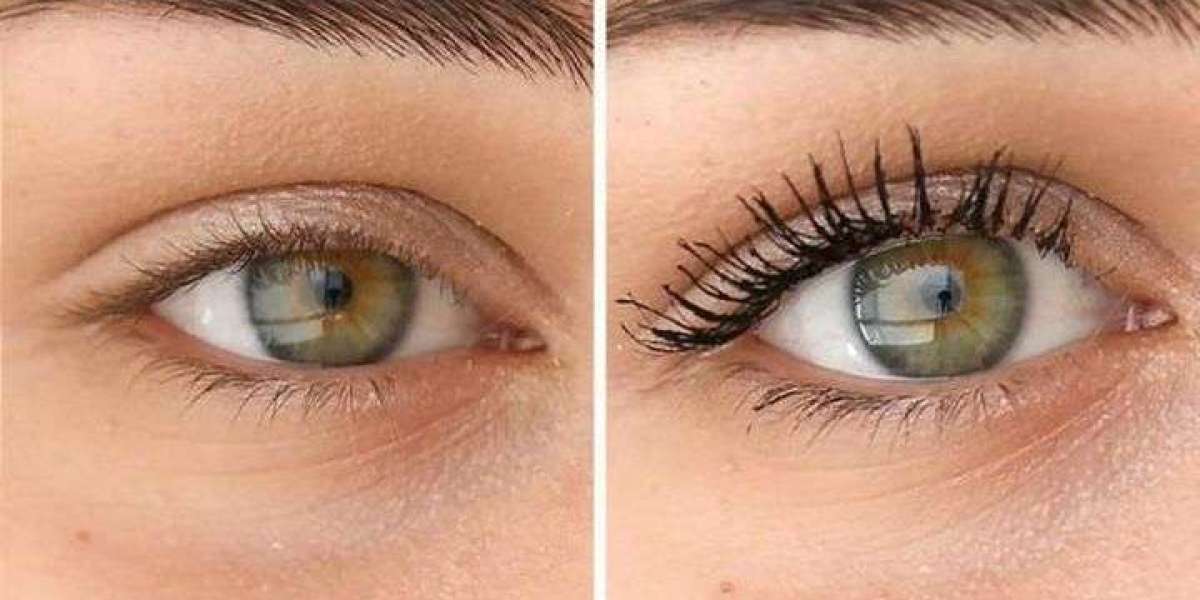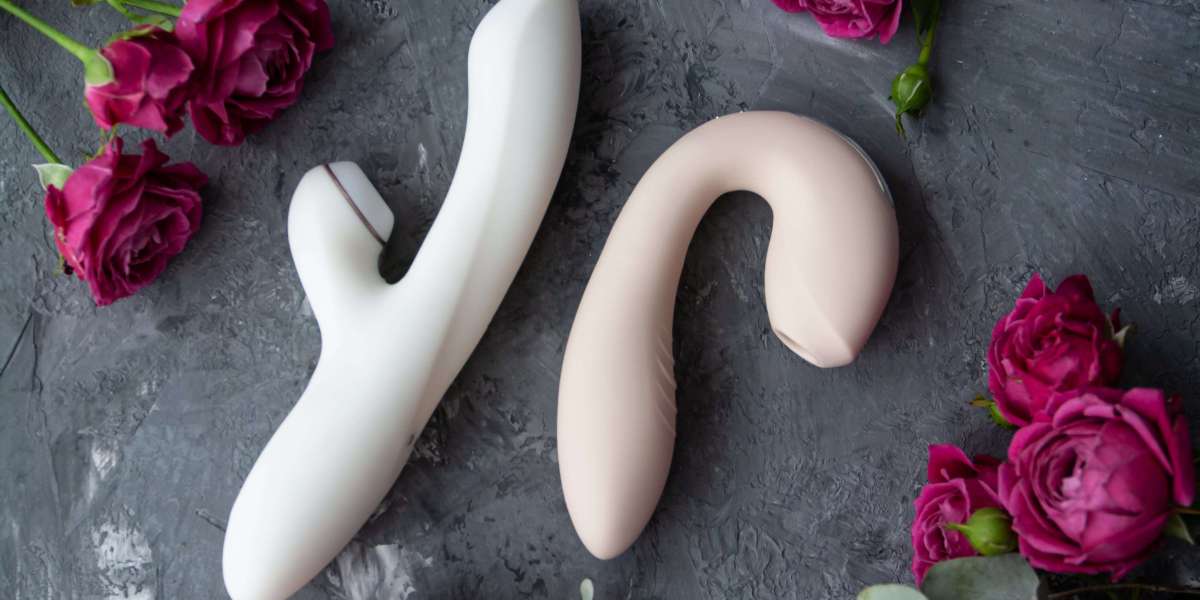The Purrfect Passage: Expert Tips for Cat Flap Installation
For cat owners, the desire to provide their feline companions with liberty and self-reliance while preserving the security and convenience of their home is a common goal. A cat flap, relatively an easy option, uses simply that-- permitting your cat to come and go as they please without requiring you to play doorman. However, a badly installed cat flap can cause draughts, security vulnerabilities, and annoyed felines. Therefore, comprehending the subtleties of cat flap installation is essential for both your cat's wellness and your assurance.
This short article serves as a thorough guide to cat flap installation, offering expert tips and recommendations to make sure a smooth and successful task. Whether you're an experienced DIY lover or a first-timer, this guide will equip you with the understanding to create the purrfect passageway for your beloved cat.
Picking the Right Cat Flap: The First Step to Success
Before you even think of tools and templates, it is essential to choose the ideal cat flap for your requirements and your home. The market uses a varied variety of options, each with its own set of functions and benefits. Think about these aspects when making your choice:
- Type of Cat Flap: Cat flaps are not a one-size-fits-all option. They come in various types, each offering different levels of security and benefit:
- Standard Manual Cat Flaps: These are the easiest and most inexpensive options, allowing any cat (or little animal) to enter and exit. They are suitable for low-security environments.
- Magnetic Cat Flaps: These flaps react to a magnet attached to your cat's collar. They provide somewhat better security by avoiding stray animals from getting in.
- Infrared Cat Flaps: Similar to magnetic flaps, these utilize an infrared sensor that reads an unique collar tag. They are more safe than magnetic flaps and less prone to interference.
- Microchip Cat Flaps: The most sophisticated choice, these flaps are activated by your cat's unique microchip, guaranteeing just your pet can gain entry. This uses the greatest level of security and control, avoiding unwanted animals from entering your home.
- Product and Durability: Cat flaps are typically made from plastic or aluminium.
- Plastic flaps are normally more inexpensive and lighter but might be less resilient and more susceptible to weathering.
- Aluminium flaps are more robust, weather-resistant, and safe and secure, frequently including a more powerful locking mechanism.
- Size of Your Cat: Ensure the flap opening is big enough for your cat to go through comfortably without having a hard time. Consider your cat's size and breed when picking. Procedure your cat from chest to ground and add a number of inches for comfortable clearance.
- Installation Location: Where will you be installing the cat flap? Doors, walls, and windows each present different installation difficulties and require particular types of cat flaps or extra accessories like tunnels for thicker walls.
- Spending plan: Cat flaps range in price from fundamental manual models to high-tech microchip variations. Set a budget plan and think about the long-lasting worth and security advantages when making your choice.
Preparation is Paramount: Setting Yourself Up for Success
Once you have chosen the perfect cat flap, proper preparation is crucial to a smooth installation. Hurrying into the process can cause mistakes and disappointment. Make the effort to strategy and gather everything you require beforehand:
Choosing the Right Location: Carefully think about the place for your cat flap.
- Security: Choose an area that is not quickly available to intruders and ideally far from public view.
- Accessibility for Your Cat: Ensure the area is easily available for your cat, both within and outside. Think about the height from the ground and any obstacles.
- Convenience for You: Select an area that is practical for access and maintenance however doesn't interrupt the flow of your home.
- Avoiding Utilities: Check for any covert wires, pipes, or structural aspects within the wall or door where you prepare to set up the flap.
Gathering the Necessary Tools and Materials: Having all the right tools at hand will make the installation process much simpler. Important tools generally include:
- Cat flap set: This should include the cat flap itself, a design template, screws, and potentially a tunnel extension depending on the design and installation type.
- Pencil and ruler/tape measure: For marking and measuring precisely.
- Drill: With appropriate drill bits for pilot holes and possibly bigger bits for cutting if needed by your selected method.
- Jigsaw or Keyhole saw: For cutting the opening for the cat flap (depending on material and installation method).
- Screwdriver: To protect the commercial cat flap fitting flap in location (frequently a Phillips head screwdriver).
- Shatterproof glass and gloves: For safety throughout cutting and drilling.
- Sealant (optional): To seal around the cat flap and prevent draughts and water ingress, specifically for external doors and walls.
- Level (optional): To ensure the cat flap is set up straight.
Determining and Marking: Accuracy is crucial for a correct fit.
- Use the design template offered: Most cat flap sets feature a template. Use this to precisely mark the cutout location on your picked place.
- Consider your cat's height: Position the design template at a suitable height for your cat. The bottom of the flap must be low enough for comfy entry and exit but not too low that it permits rain or dirt to enter quickly.
- Double-check measurements: Before you start cutting, double-check all your measurements and markings to avoid errors.
Step-by-Step Installation in a Wooden Door (Example)
Installing a cat flap in a wood door is a common DIY project. Here's a general detailed guide:
- Mark the Cutout: Tape the template provided with your cat flap kit onto the door at the desired place. Utilize a pencil to trace the outline of the template onto the door.
- Drill Pilot Holes: Using a drill and a drill bit a little bigger than the width of your jigsaw blade (or keyhole saw), drill pilot holes at each corner of the marked summary and potentially a few along the straight edges to make beginning the jigsaw simpler.
- Cut the Opening: Using a jigsaw or keyhole saw, carefully cut along the marked outline, connecting the pilot holes. Take your time and follow the line precisely. Guarantee you wear safety glasses and gloves throughout this action.
- Test Fit and Sand (if needed): Before completely placing the cat flap, test fit it in the opening. If it's too tight, carefully sand down any rough edges of the cutout up until the flap fits comfortably.
- Insert and Secure the Cat Flap: Place the 2 halves of the cat flap (inner and outer frame) into the opening from either side of the door. Align the screw holes.
- Screw Together: Using the screws offered, tighten up the 2 halves of the cat flap together. Do not overtighten, as this could damage the door or the cat flap.
- Seal (Optional): Apply sealant around the edges of the cat flap where it fulfills the door frame for added weatherproofing and insulation.
Installation Considerations for Different Materials
While wood doors are fairly simple, setting up cat flaps into other products needs various approaches:
- Glass Doors and Windows: Installing a cat flap in glass needs specialized tools and know-how. It is highly suggested to work with a professional glazier to cut and set up a cat flap in glass. Trying this yourself can be hazardous and dangers shattering the glass.
- UPVC Doors: UPVC doors frequently have enhanced panels or may include metal parts. Installation can be complicated and may need professional help. Thoroughly inspect the door's building and construction before attempting DIY installation or seek advice from the door maker's standards.
- Walls: Installing a exterior cat flap fitting flap in a wall requires producing a tunnel through the wall density. This typically includes acquiring a tunnel extension package that matches the depth of your wall. The installation process is comparable to door installation however needs mindful preparation and potentially more comprehensive cutting and sealing.
Post-Installation Tips: Welcoming Your Cat to Freedom
As soon as the cat flap is set up, the task isn't rather completed. Here are some tips for assisting your cat adjust and making the most of your brand-new cat flap:
- Introduce the Cat Flap Gradually: Don't expect your cat to use the flap right away. Start by propping the flap open and motivating your cat to stroll through it with treats and favorable support.
- Draw with Treats and Toys: Place treats or toys on either side of the flap to incentivize your cat to explore and use it.
- Patience is Key: Some felines adjust rapidly, while others may require time. Be patient and prevent forcing your cat through the flap, which can produce unfavorable associations.
- Examine for Draughts and Security: After installation, look for any draughts or gaps around the cat flap. Ensure it is firmly fitted and working properly.
- Routine Maintenance: Keep the cat flap tidy and without debris. Periodically examine the locking system and hinges to ensure they are working efficiently.
By following these tips and taking your time with the installation process, you can produce a safe, practical, and welcoming cat flap for your feline pal, enhancing their liberty and improving their life while maintaining the convenience and security of your home.
Regularly Asked Questions (FAQs) about Cat Flap Installation
Q: Can I set up a cat flap in any door?
A: While cat flaps can be set up in most types of doors, some need more customized methods or professional assistance. Wood doors are the easiest for DIY cat-friendly housing installation. Glass doors and UPVC doors may need professional installation.
Q: How high should I install a cat flap?
A: The perfect height depends on your cat's size, however normally, the bottom of the flap should be around 10-15 cm (4-6 inches) from the ground. This enables most felines to pass through comfortably without needing to crouch too low.
Q: What tools do I truly need for cat flap installation?
A: Essential tools consist of a drill, jigsaw or keyhole saw, screwdriver, pencil, ruler/tape step, and security glasses and gloves. A sealant gun and sealant are advised for external doors and walls.
Q: How long does it take to set up a cat flap?
A: For a basic installation in a wooden door, it can take anywhere from 1 to 3 hours, depending on your DIY experience and the complexity of the door. Installation in other products or walls might take longer.
Q: What if I am not confident in my DIY abilities?
A: If you are uncomfortable with DIY projects, it is always best to work with a professional handyman or carpenter to set up the cat flap for you. This guarantees an appropriate and secure installation, specifically for more complex setups like glass or UPVC doors and walls.
Q: How can I stop stray felines from using my cat flap?
A: Microchip cat flaps are the most efficient method to avoid roaming animals from entering your home as they only open for your cat's registered microchip. Magnetic and infrared flaps offer some, however less trustworthy, security.

Q: Do cat flaps allow draughts?
A: Modern cat flaps are developed with draught-excluding functions like brushes or magnetic closures. Nevertheless, appropriate installation and sealing are crucial to decrease draughts.
Q: How do I train my cat to utilize a cat flap?
A: Patience and favorable support are crucial. Start by propping the flap open, utilizing treats and toys to lure your cat through. Slowly minimize the openness of the flap as your free cat flap installation quote gets more comfortable.
Q: Can I install a 24/7 Cat flap installer flap in a wall?
A: Yes, cat flaps can be installed in walls. This typically requires a tunnel extension kit to connect the inner and external frames through the thickness of the wall. Wall installations may be more complex and need mindful preparation.
Q: What maintenance is required for a cat flap?
A: Regularly clean the flap and surrounding location to remove dirt and particles. Examine the hinges and locking system occasionally and tighten up screws if needed. Lubricate hinges with silicone spray if they become stiff.
